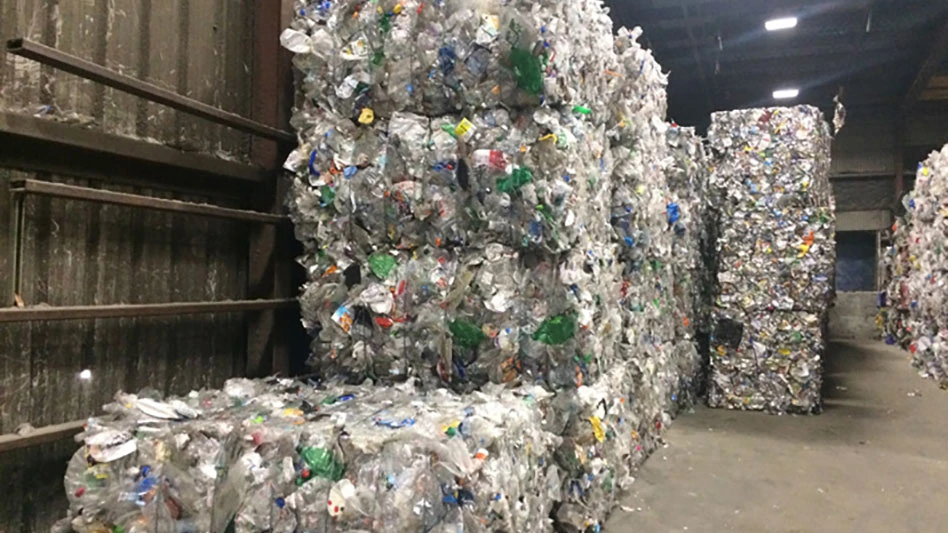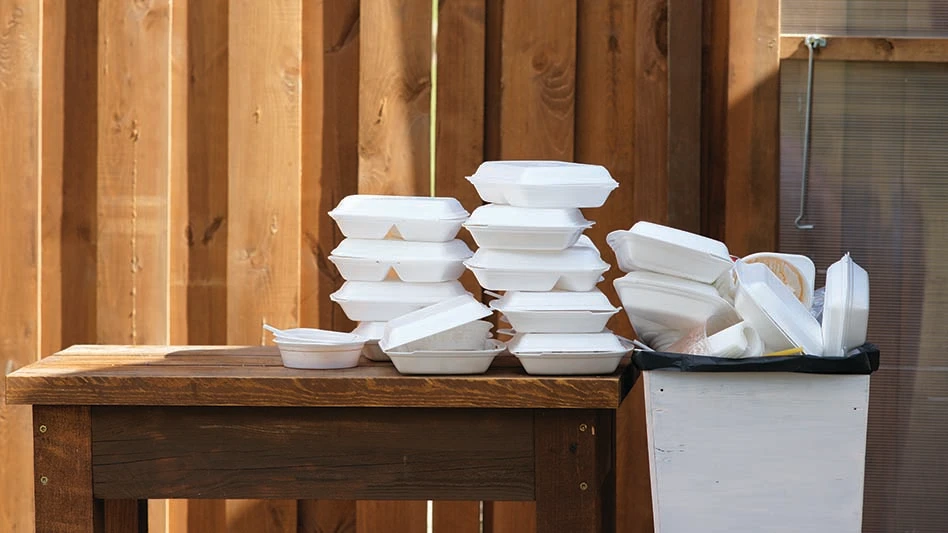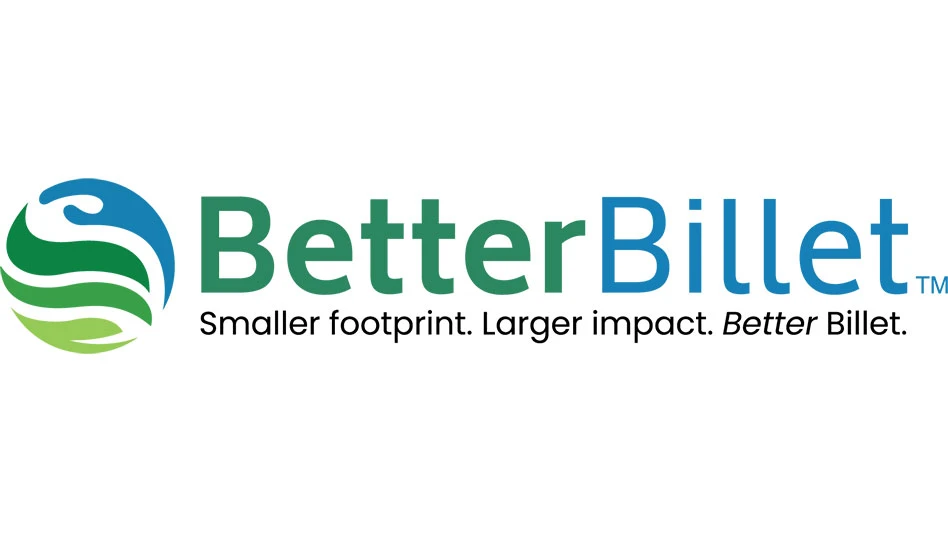The market for recycled asphalt pavement is often close at hand. Very often, in fact, it is within a few feet of the surface being torn up.
Portable and mobile asphalt recycling systems have helped make asphalt recycling a widely accepted practice among paving contractors. In the decade of the ‘90s, many contractors have begun to rely on mobile recycling or reclaiming systems as the best way to handle the tearing up of an existing asphalt surface.
There are a variety of different processes used, often chosen depending on the nature of the project. But whether roads are being torn up and re-built from the bedding up, or whether there is simply some patching being done, processes exist to ensure that crumbled and cracked asphalt need not be hauled to a landfill.
For another material made from asphalt—roofing shingles—the recycling prospects are not yet as bright. But there are proven methods to grind shingles into a road mixture additive, and there are pioneers researching how recycled shingles might be utilized in other end markets.
FROM THE LANDFILL TO A KEY INGREDIENT
The fate of obsolete asphalt has changed greatly over the last 25 years.
In the 1970s, a significant percentage of asphalt was being dumped in landfills, while some was being hauled to rock crusher operators who marketed the recycled material as suitable mix to asphalt mixing plants. "But now much more is going through asphalt reclaiming systems," notes Jim Halverson, president of J.A. James Construction Co., Ontario, Calif. James is also the current president of the Asphalt Recycling and Reclaiming Assoc., Annapolis, Md.
Halverson does not believe there has been a reliable to study to determine how many tons of asphalt are recycled each year in the U.S. However, "It’s clear that there are more tons of it being recycled than any other commodity in the U.S.," he states.
Michael Krissoff, executive director of the ARRA, notes that one study puts the annual asphalt recycling figure at 30 million tons—but he is certain that is too low. "We have three members alone who do that much," says Krissoff.
Although there is still asphalt crushed off-site and sold by the ton, it is not as commonly as traded a commodity as crushed concrete. But even without a definable trade value in any given region, the recycling of asphalt roadway makes economic sense, most road building contractors have found.
"I think it almost always pays to find a way to reuse the aggregate that’s in a pavement structure," says Halverson. "Transportation is a major factor in the cost of procuring aggregates. When you can avoid that, there’s no way you can save by landfilling," he notes.
Environmentally, Halverson sees two advantages. "Everyone, I think, is familiar with minimizing the depletion of existing sources of rock and stone, but by using a material on site, it also limits the need to burn fuel when you transport heavy materials back and forth."
Advancements in asphalt recycling techniques and machinery have helped spur the move toward recycling. Contractors can now choose from among several different asphalt reclaiming techniques and from machines made by a variety of manufacturing companies.
At J.A. James, the company practices full-depth reclamation, which involves tearing up and reclaiming the full depth of pavement as well as a predetermined portion of the underlying materials. The recovered materials are uniformly crushed and blended to create a base course.
Other forms of asphalt recycling, as defined by the ARRA:
-
Hot Recycling: Reclaimed asphalt is broken down to its original state, hauled offsite, and reused by putting through modified asphalt mixing equipment.
-
Hot In-Place Recycling: This process occurs at the roadway site, where existing asphalt is restored by being re-compacted and chemically rejuvenated before a new thin layer of wear surface is applied.
-
Cold Recycling: Pavement surfaces up to six inches deep are pulverized and mixed with a liquid binder before being recompacted into place and topped with a chip seal coat, a thin overlay or another light surfacing.
-
Cold Planing: Existing pavement is milled to smooth out bumps and ruts, leaving a textured surface that is favored by some safety advocates for its skid control.
Each of the processes has its advocates and its ideal uses, according to those in the paving industry. "Full-depth reclamation—that’s the way to go for the long-term," says Kurtis Ladner of equipment maker The Ace Group, Willmar, Minn. "If you’re going to do the whole thing, you’ve got to build from the base up."
He adds, though, that "if you’re just doing a patch-up job, hot in-place can be a good stop-gap." And in that process, "anything from 25% to 50% of the new hot-in-place stuff should in fact come from the recycled material."
SHINGLES PRESENT CHALLENGES
While many of the logistical and processing hurdles to recycling asphalt roadway are being cleared, the logistical hurdles and barriers are still set fairly high in the case of asphalt roofing shingles.
Among the challenges facing asphalt shingle recyclers are a narrow range of end markets and difficulties processing the shingles, which are a mixed material item with a pliable texture.
John Armando of Raisch Products, San Jose, Calif., helped that company conduct shingle recycling studies funded by a grant from Alameda County. According to Armando, asphalt shingles "showed the most promise of all the roofing materials," in terms of recycling. "It could be used in asphalt mixes," he notes. "We found that up to 5% or 7% (of the total mix) was suitable" Raisch produces road building and surfacing materials.
While the shingles can be used, processing them often proves difficult. "We had trouble with most of the equipment out there, which was created for other purposes and wasn’t designed for processing shingles," says Armando. "The tons per hour we could process was low, and some crushers or grinders would clog up," he adds.
The company’s research was promising enough that another firm, Western Recovery, has picked up where Raisch Products left off in the processing of shingles.
"We’ve received a grant from Alameda County to work on a cold-patch product," says Karl Johnson of Western Recovery. The Colorado-based company operates a faciilty in Palo Alto.
"Our goal is to get a fairly high content of recycled materials along with a water-based emulsifier," says Johnson.
He says the resulting shingle-containing patch product would have the same appearance of a typical asphalt patching compound. "The characteristics of the product look like they could actually be improved with the fiber content and the matting content of the shingles," Johnson remarks. "We think it has a good chance of being a high-end product that might be used by cities or contractors doing pothole patching in applications where they want it to last for an entire season."
The company’s chemist is working on a formula that would contain a minimum shingle content of 10% and the potential for a much higher shingle content.
Andela Tool & Machine, Richfield Springs, N.Y., has sold a modified version of a gypsum board reducer to Construction Debris Recycling Inc. (CDR) of Colonie, N.Y., to be used to process asphalt roofing shingles.
Cynthia Andela says the machine’s "flailing" action makes it better equipped to handle the pliable shingles than other reducing or grinding machines on the market. "The machine flails it in a hurry without spending the energy or creating the heat that some machines do," she says.
Ben Gordon of CDR notes that while the machine offers a good processing technique, his concern has been with a contaminated material stream. Materials from roofing nails to paper and plastic have often been part of loads that are too contaminated to be processed as marketable recyclables.
At Bituminous Roadways in Inver Grove Heights, Minn., shingles can be processed without the fear of contaminants. The road materials manufacturer takes in a supply of scrap shingles from a CertainTeed plant 25 miles from their facility.
The company’s Kent Peterson says they use the shingles as 5% or less in some of their asphalt mixes to stay within State of Minnesota regulations. The company uses some 5,000 pounds of shingles to help produce the 325,000 tons of material it makes annually.
"It’s a small part of what we do, but it does work," says Peterson. "We’ve had it reviewed by the state DOT, because asphalt in shingles is different. They’re concerned that we have a decent blend."
As far as processing, Peterson has found that allowing the shingles to sit for several months actually helps. "We’ve been working on the grinding process. It’s not easy, but it helps to let them sit awhile and oxidize, so they’re not as gummy and likely to cause jams," says Peterson. "We usually let them sit for a few months."
There do not appear to be any environmental considerations that would prohibit shingles from becoming a more commonly recycled material. Peter Yost, of the National Association of Homebuilders Research Council, Upper Marlboro, Md., notes that some older shingles may contain asbestos, but that the percentage of the total shingle stream would be small. "In some double layer tear-offs, it might be encountered, but as we go along it’s becoming less and less likely that a tear-off will include asbestos," says Yost. One study by the Research Council found asbestos in less than one percent of tear-off shingle samples tested.
Outside of its use in hot mix applications, there have been few other homes found for recycled shingles. One or two entrepreneurs are trying to compress them into usable patio bricks or pavers (decorative walkway stones), and Cynthia Andela notes that ground shingles can make a good affordable ground cover material in such places as pole barns and temporary parking lots. But most efforts are focused on processing them for the roadway markets.
"It can be a difficult material," says Bill Turley, executive director of the Construction Materials Recycling Association (CMRA), Naperville, Ill. "There are end markets, but you need to be familiar with them first."
According to Turley, the CMRA may soon be working with the Asphalt Roofing Shingle Association, Calverton, Md., to "develop more options."
Andela is hopeful those options will be explored. "I think there’s a real pent-up demand for markets and equipment to complete the cycle for asphalt shingle recycling. The cost for disposal is high and it’s not a desirable material to put into landfills," she remarks.
She sums up her view of asphalt shingle recycling by stating, "You definitely have the supply, but there is not a lot of equipment to process it. Even if we’re able to fill that void, then you need markets, and these are definitely in their infancy." C&D
The author is the editor of C&D Recycler.
Get curated news on YOUR industry.
Enter your email to receive our newsletters.

Explore the August 2001 Issue
Check out more from this issue and find your next story to read.
Latest from Recycling Today
- McClung-Logan Equipment Company joins Tana’s authorized dealer network
- Grede to close Alabama foundry
- Plastics Recycling Conference 2025: Working toward their targets
- SWACO rolls out new commercial recycling and food waste programming
- Updated: Matalco to close Canton, Ohio, plant
- Metso launches electric Anode Weighing and Casting Machine
- Circular by Shapiro releases '5 for Five' sustainability series
- Graphic Packaging set to close Ohio CRB facility





